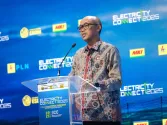
Why imported LNG is not the ‘bridging fuel’ in China’s energy transition
Coal generation costs lower by $30 to $40 per MWh than natural gas-fired generation.
Whilst liquified natural gas (LNG) is touted as the “bridging fuel” for the energy transition, it will not serve such a purpose in China–the largest coal consumer in the world–as it remains expensive and policy favours local energy sources.
In a report, the Institute for Energy Economics and Financial Analysis (IEEFA) said that China is leveraging more on domestic energy sources including coal, renewables and indigenous natural gas than imported LNG because of energy security concerns and incentives.
“Policymakers in both LNG exporting and importing countries should approach claims about the necessity of LNG as a ‘bridge fuel’ with a high degree of skepticism,” said Sam Reynolds, the report’s co-author and LNG/Gas Research Lead for IEEFA Asia. “The case of China clearly shows that LNG has played a minimal role in displacing coal in the country’s largest coal-consuming sectors.”
The average cost of imported LNG is nearly three times the cost of domestically produced coal and gas, it said, citing Chinese customs data. It is also 37% to 61% more costly than pipeline gas imports from Russia and other Asian markets.
The report added that coal generation is cheaper by $30 to $40 per megawatt-hour than natural gas-fired power generation, whilst onshore wind and utility-scale are half the price of gas-fired power generation.
IEEFA noted that recent policies target to “strictly control” coal-to-gas switching, with coal positioned as the “cornerstone of electrical reliability” rather than gas.
Power mix
As such LNG imports are not slowing the growth of coal consumption, according to IEEFA, adding that coal demand has grown over LNG imports yearly since 2017.
In the power sector alone–which comprises 60% of the total coal usage, natural gas generation’s share has remained at just 3% since 2015.
Wind and solar’s share has quadrupled to 16%, whilst coal still accounts for 61%, declining from a 70% share.
“Whilst coal has not been displaced in absolute terms, wind and solar have contributed more than gas to reducing coal’s share in the generation mix,” says Christopher Doleman, report co-author and an LNG/Gas Specialist for IEEFA.
“Looking ahead, annual capacity additions of coal, wind, and solar will continue to exceed new gas-fired power capacity,” he added.
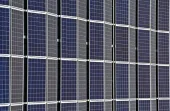

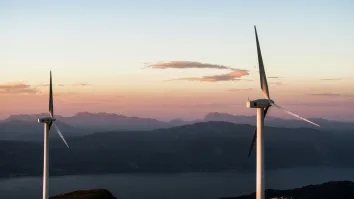
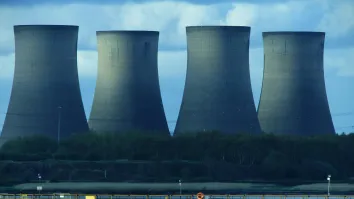
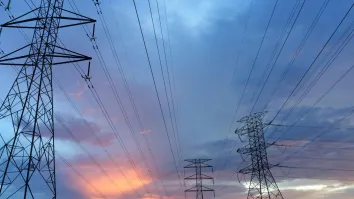
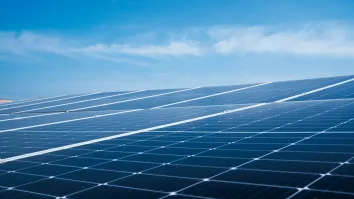




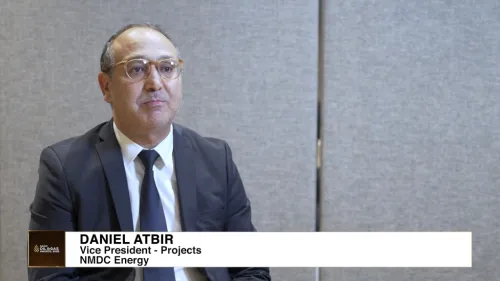








 Advertise
Advertise



